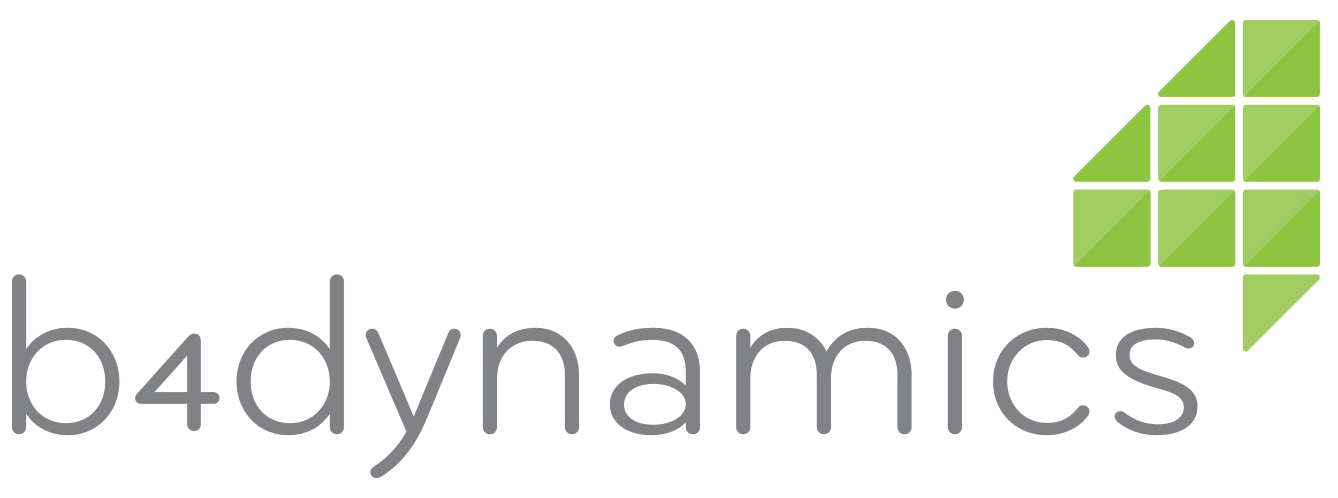Why does b4dynamics need so many details for a license price calculation? How do my license prices for D365 come about?
Cloud
1.Which functionalities do you need?When calculating the cloud variant, it first depends on the range of functions you require: A distinction is made here between Customer Engagement and Unified Operations, under which the individual modules – Sales, Customer Service, Field Service and Marketing or Supply Chain Management, Human Resources, Finance, Project Operations and Commerce – are grouped, some of which are priced very differently. If it is to be a pure ERP system, then licenses will probably only be required for the Finance and possibly the Supply Chain Management module. However, if other areas are added, the user licenses will have to be distributed to different modules or even overlapped. As soon as licenses from different modules are used, one module (for ERP implementations it must be from the Unified Operations area) is selected as the base module, all other modules can be licensed as discounted attach modules.
2.How many users should work with which functions in your company?
Accordingly, the exact number of users in the respective areas is required as further information to determine a price.
3.Which range of functions do the employees need in the respective modules?
In addition, there is the possibility to achieve savings by grading the functional scope of the respective users:- full user licenses – full range of functions
- device user – licenses are assigned to the respective device
- activity user – transactional use of applications & embedded business intelligence
- team members – perform basic processes, share knowledge & use embedded business intelligence
- For the allocation in this third point, we usually take empirical values from our previous projects. Buying the licenses will incur monthly costs for your company, but since the support of the standard software and the creation of updates and releases, as well as hardware costs and related operating costs are eliminated, even in the longer term the costs are usually 30-40% lower than with the on-premises variant.
- one-time license costs for the respective number of users per module
- server costs
- SQL software costs
- Energy costs for your server
- Update/release costs
- Personnel costs for operation
- Here, too, there is the possibility to acquire licenses with a limited scope of use on a pro-rata basis and thus to achieve savings in license costs. For a calculation here we usually take a percentage distribution according to our experience values. The focus here is therefore on questions regarding hardware resizing and functional scope. Experience shows that on-premises operation is on average 20-30% more expensive than in the cloud, depending on the company. Contact us so that we can calculate a price comparison of the two variants tailored to your needs!
on-premises
For an on-premises variant, your company will incur the following costs:

